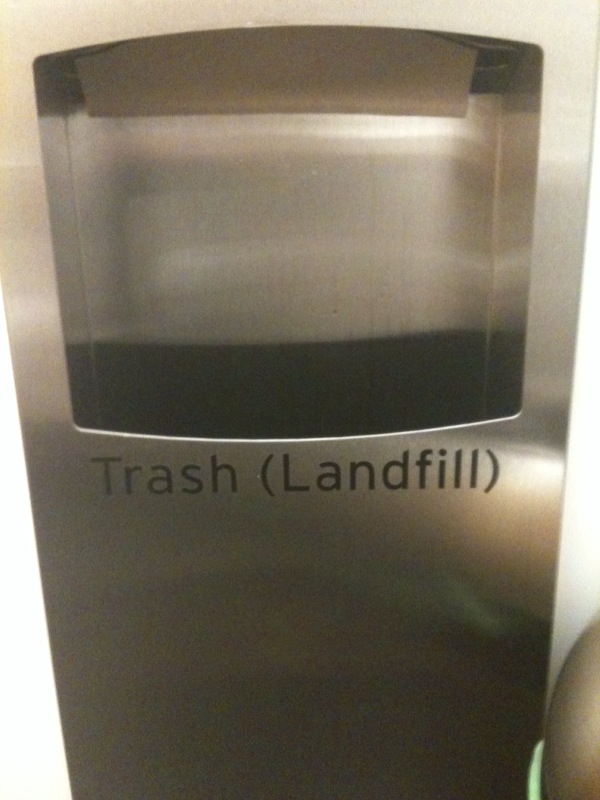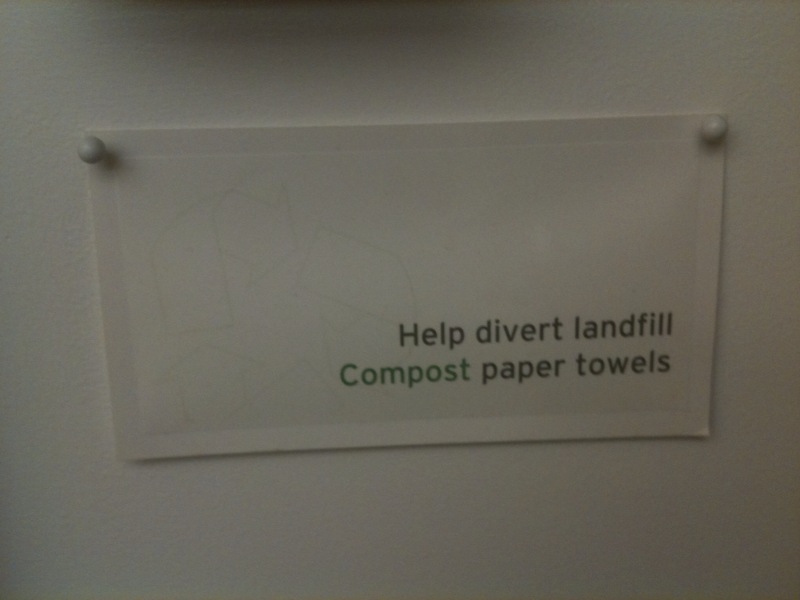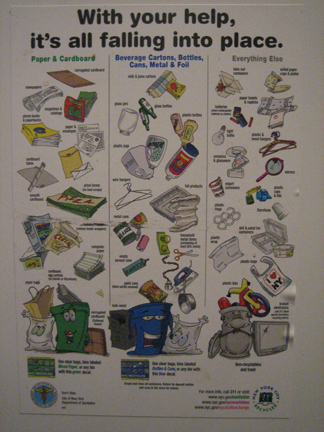"Eats, Shoots and Leaves"
/Have you ever heard of a book called Eats, Shoots and Leaves? The premise of the book, by author Lynne Truss, is to “remind readers of the importance of punctuation.”
The book's title comes from a (potentially bad) joke on punctuation:
A panda walks into a café. He orders a sandwich, eats it, then draws a gun and proceeds to fire it at the other patrons.
'Why?' asks the confused, surviving waiter amidst the carnage, as the panda makes towards the exit. The panda produces a badly punctuated wildlife manual and tosses it over his shoulder.
'Well, I'm a panda,' he says, at the door. 'Look it up.'
The waiter turns to the relevant entry in the manual and, sure enough, finds an explanation. 'Panda. Large black-and-white bear-like mammal, native to China. Eats, shoots and leaves.'
I have to admit I’ve never read Ms. Truss’ book, but I do often think of its title whenever I’m writing.
Clearly it's meant to serve as a reminder of the importance of punctuation. But more than that, I think of this book when I need a good reminder of the importance of language itself.
Here’s an example:
Since moving back to the Bay Area, I have been very pleased to see so many options to recycle and compost. After living in the Northeast for a couple of years, it’s almost shocking to be able to recycle as much as I can in California, not to mention the number of restaurants, businesses and events that offer the option to compost.
While my enthusiasm remains high, I’ve now been given the option to compost often enough that I have one major request:
Keep it simple.
How many times have you been at an event and needed to throw away a plastic cup? You head toward the garbage area and realize you actually have three options: throw it away, recycle it, or compost.
Most likely you’ve seen a sign that looks a lot like this:
You could just toss the cup in the garbage, but you have a feeling that it goes somewhere else. What kind of plastic is it? Can it be recycled? Or is it made out of a plant-based material, for instance, that can be composted?
If you’re like me, you stand there – practically paralyzed – knowing that whatever decision you make could be the wrong one.
Eventually, you peek into the depths of each bin, see where other people have left their cups, and dump yours in there too.
To make matters worse, at each event, or each restaurant, the rules seem to change! What’s recyclable at one place can be composted at another – or can’t be recycled at all.
What’s a concerned recycler supposed to do?
Of course some of the confusion comes down to a lack of coordinated standards across cities and towns. Whether it’s local government policy, or the ability of your local waste management company to recycle various items, some of it really is geography-specific.
Still, let’s pause a moment and think about Eats, Shoots and Leaves.
At the end of the day, how you choose to communicate your message – literally, the words, punctuation, and images you use – influences how people understand and respond to the point you’re trying to make.
I’ve found a couple of real-life examples that I think really drive the point home.
A few weeks ago I was at Fairfax Scoop, an ice cream shop in Fairfax, CA, when I spotted this sign on the trash can:

The message here is clear and understandable: “Lift this lid, and you’re sending stuff to the landfill.” And, for the folks who want to know more, they’ve included a few short and sweet ways that everyone can make more sustainable ice cream choices (Idea #2, the edible waffle bowl instead of a paper cup, was by far my favorite).
Still, leave it to well-known design firm IDEO to make the best signage I’ve seen so far. I had the chance to visit their San Francisco office last week, and at one point I needed a trip to the ladies room.
I repeat: this sign was in the bathroom.
And yet, I was so taken aback by its simplicity that I just had to take a picture.
Imagine a normal trash bin (aka: Landfill), with another silver bin labeled Compost standing next to it (not pictured).

In between both bins was this sign:

This was a no brainer. I had two options: put my paper towels in the garbage (and send it straight to landfill) or compost instead. The sign, placed directly above the compost bin, gave me clear instructions so I knew just what to do. For practically the first time ever, I knew exactly where to put my hand towel.
Just to make sure, I peeked into the compost bin - and sure enough, it was filled with paper towels. For comparison I looked into the trash can - and it was empty.
I walked out of the ladies room feeling unusually pleased that I had made the right choice (not to mention having even more respect for IDEO’s communication and design skills).
Now ok, you can argue that hand towel signage is not the same thing as trying to get thousands of event-goers to put their biodegradable utensils in the compost bin.
But imagine if every business, every cafeteria, and every concert found a way to communicate more thoughtfully and clearly with people?
At the end of the day, I really believe that people want to do the right thing. They want to recycle, they want to divert waste from the landfill, and they want to make smart consumption choices. But they need guidance.
The next time you’re planning a call to action – even if it’s just in the bathroom – think about Eats, Shoots and Leaves.
What message are you trying to communicate? To whom are you talking? And how can you keep it simple?


